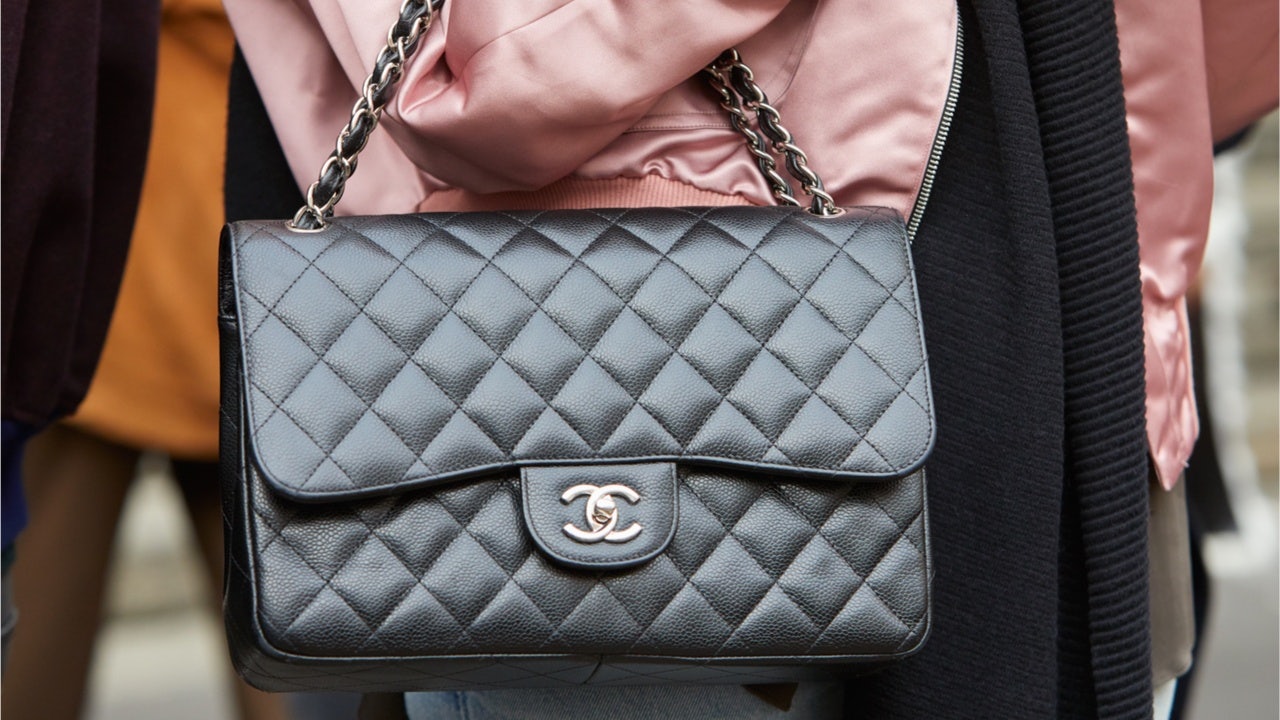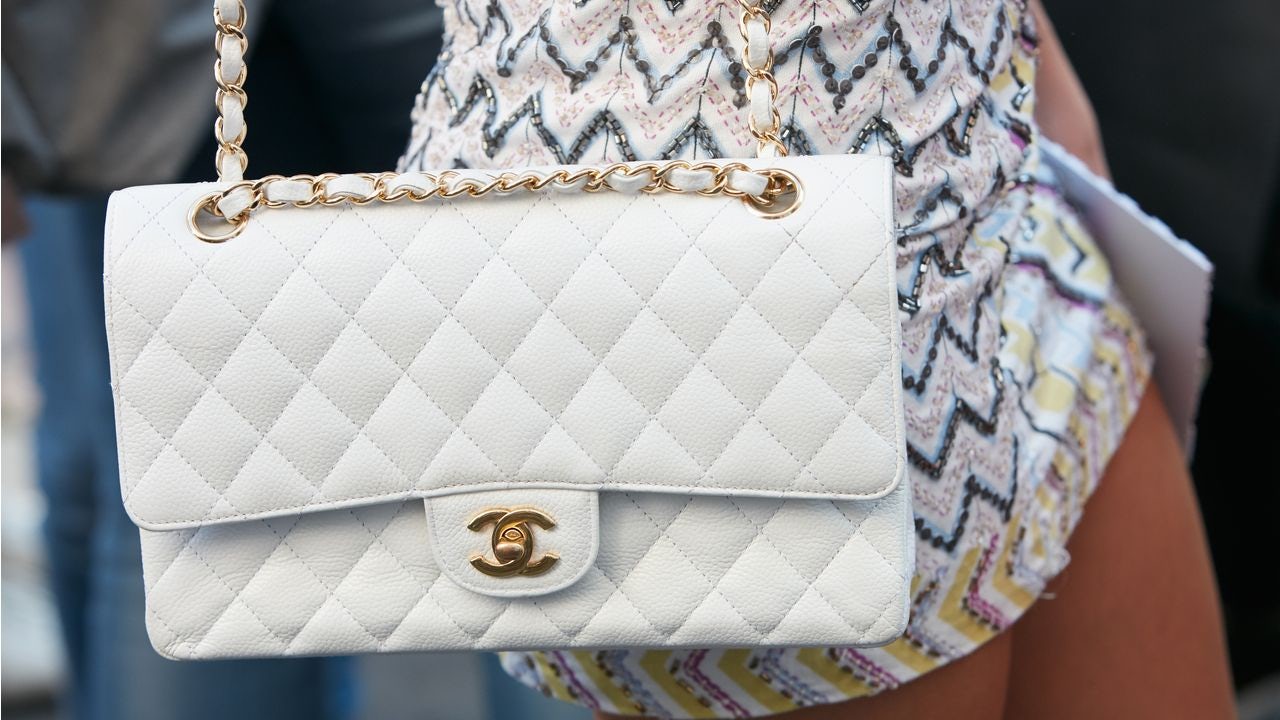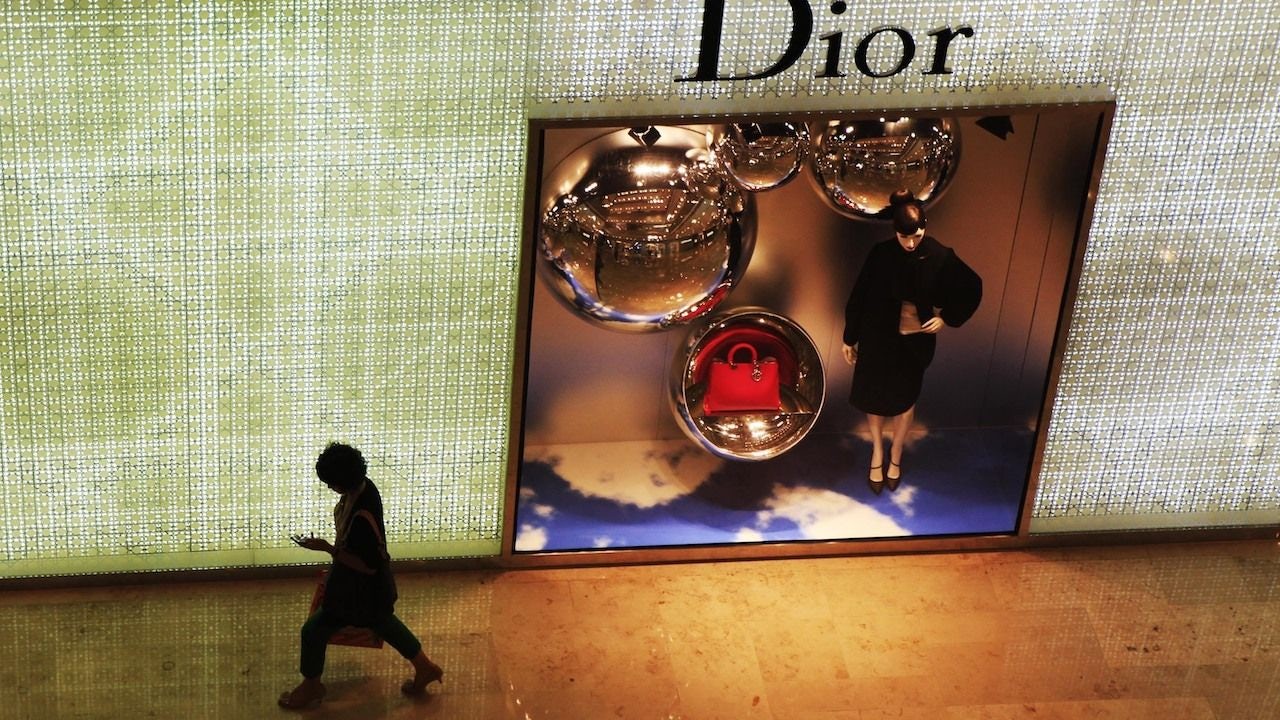Once again, Chanel has recently announced a price increase (following the three we had last year). Reuters now reports that some of the brand’s signature handbags cost twice as much as they did in 2019, and they’re not alone. Louis Vuitton also lifted prices in selected markets.
As previously reported, the LVMH-owned label bumped up prices for the Capucines and Neverfull handbags online to 7,900 (52,000 RMB) and 2,200 (14,400 RMB): up 11.8 percent and 20 percent, respectively. Rolex, Hermès, Dior, Burberry, and Tiffany & Co followed the same price increase strategy to offset input costs and to improve brand desirability.
It’s a move both desperate and short-sighted. Such a strategy is sure to backfire in China as, faced with such prices, debt-ridden Chinese youth are already finding alternative sources of luxury. Pre-owned luxury is the new thing, and it’s booming.
True, a certain group of sophisticated potential buyers will try out second-hand websites and consignment shops hoping to discover hard-to-find items. But for most shoppers, it’s the price that matters, and recent changes in the micro-lending market have left consumers without the funds for big-ticket items. In their desire to “keep up with the Wangs,” shoppers are turning to re-sale platforms like Plum, Ponhu, and Feiyu. According to a study by the Beijing-based China Center for Internet Economy Research, the resale market here surged to 154 billion (1 trillion RMB) in 2020. Meanwhile, a joint report by China’s University of International Business and Economics and Isheyipai estimated that sales of pre-owned luxury items in the mainland accounted for 5 percent of the overall luxury market in the same year.
Luxury should find a more feasible strategy. Elevated prices might maintain the desirability and exclusivity of the brand, but they don’t necessarily resonate. “Flashing a Louis Vuitton or Hermès handbag, or a multimillion-dollar Bugatti have long been standard status symbols for the elite, but today the ultra-wealthy have increasingly turned to intangible investments such as security and health to discreetly flaunt their wealth instead,” says the South China Morning Post. All this pricing strategy does, then, is weaken customer loyalty from everyone else.
Instead of constantly boosting prices, luxury companies should increase desirability by setting production caps, just like Hermès. This strategy will reinforce the idea of exclusivity and scarcity, which will re-attract the discerning wealthy clientele. And businesses can increase cash flow by designing collections for premium, secondary lines. This lets luxury houses engage not only with high-net-worth customers but middle-class clients who have embraced pre-owned items.
Finally, luxury houses should develop a strategy that doesn’t involve third-party retailers (who all too often misunderstand the brand’s specific selling points). Some interesting projects are already underway in the West, such as Valentino Vintage, Weston Vintage, and the Vacheron Constantin store in Paris. Why haven’t these labels replicated such concepts in Asia? Luxury can no longer ignore the resale boom: it needs to design comprehensive, market-specific strategies that unlock the potential of the second-hand.


